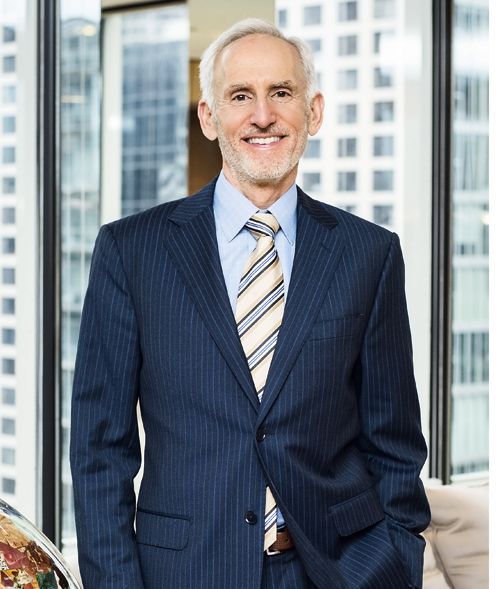Tomasz Szpyt, ‘Eurobuild CEE’: Golub is well known for developing office towers. In the two decades you’ve been running the firm, have you seen any differences in the way skyscrapers are built?
Michael Newman, principal, president and CEO, Golub & Company: I can’t speak technically, but in terms of doing business what we have been seeing evolving is that people want to build tall because structural design now allows us to do this. We think that cities are interested in having more open space, and building tall gives us that bit more freedom of space at the ground level. I’m really talking about urban centres in developed cities like Chicago or Warsaw. We’re seeing a lot more interest in building tall and thinner versus shorter and bulkier, because tall buildings permit a lot more light to get through. Sometimes people look at tall buildings and have issues with them, because taller to some people is not always better. But it does allow a more op































































